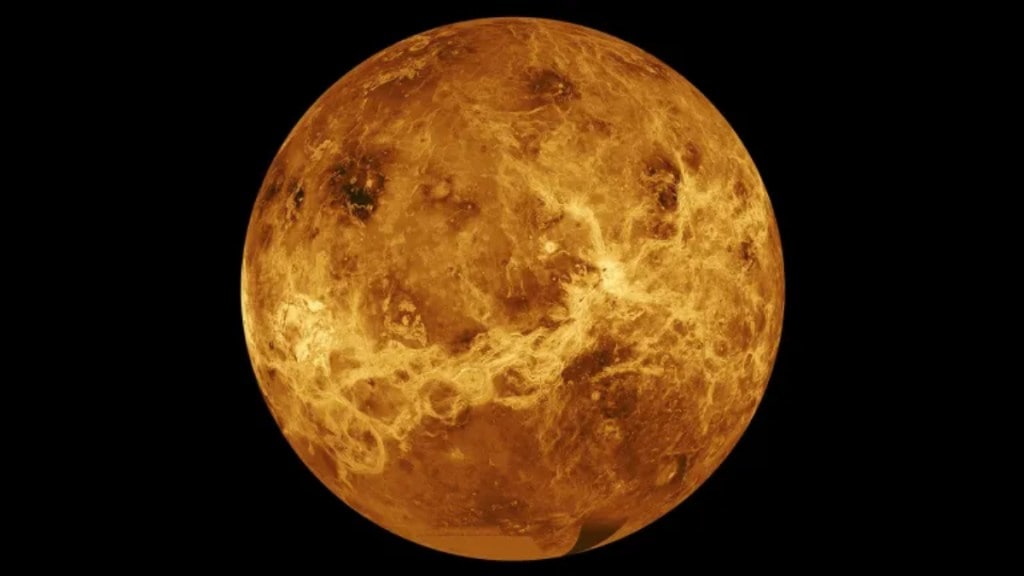The Indian Space Research Organisation (ISRO) is riding high the waves of the success of its Chandrayaan-3 mission. The next mission it launched, the Aditya L1 mission, has so far been a success. Recently, ISRO performed a Trajectory Correction Maneuvre (TCM) on October 6 on the Aditya L1 spacecraft. The Aditya L1 mission is India’s maiden solar mission.
One of India upcoming missions is the Venus Orbiter Mission, unofficially known as ‘Shukrayaan-l mission, which is also the country’s maiden mission to Venus.
Last month, ISRO chief S Somanath said that the Venus mission has been configured and some payloads are under development.
Objective of India’s Venus mission
With this mission, ISRO aims to study Venus. The mission includes studying the atmosphere and surface of the planet and reportedly observe its structure, dynamics and geological composition. The mission will be launched either on GSLV Mk ll or GSLV Mk lll.
The mission will also probe the interaction of Solar wind with Venusian ionosphere. It also includes a surface experiment. It will analyse the interaction between Venus’ atmosphere and its surface, allowing for a better understanding of erosion, weathering and other geological phenomena.
Launch date of Venus mission
The mission was earlier expected to be launched in December 2024, however, recently some reports have suggested that the launch could get pushed to 2031.
